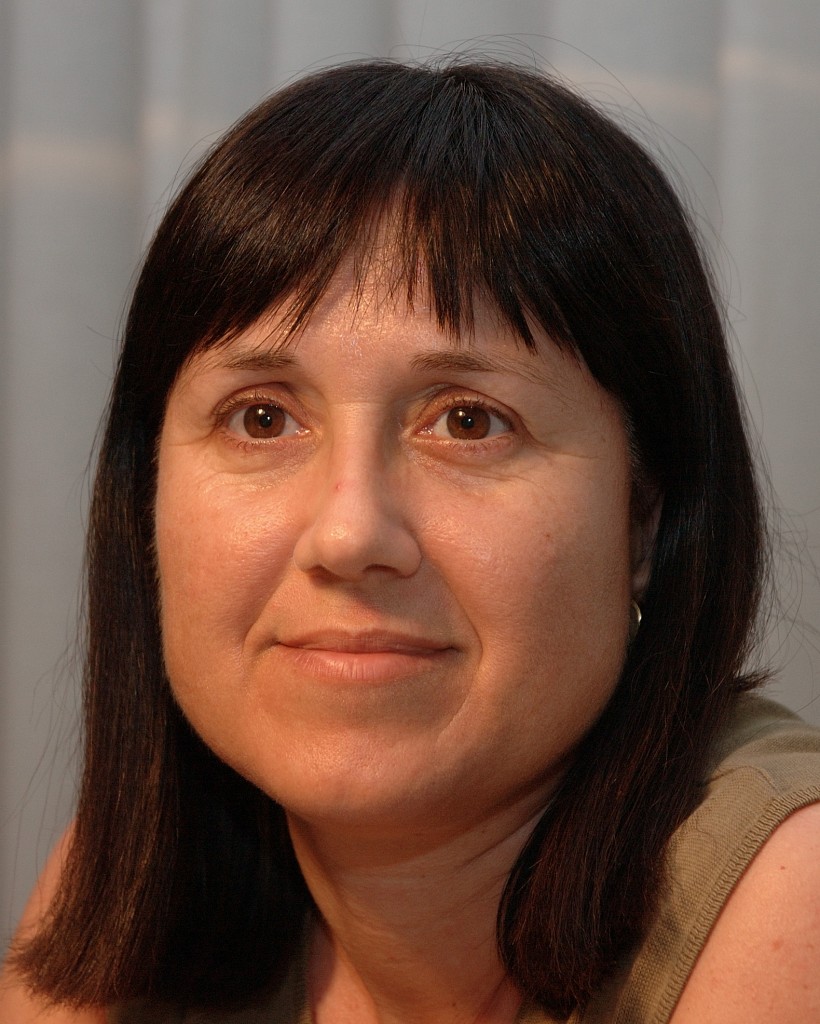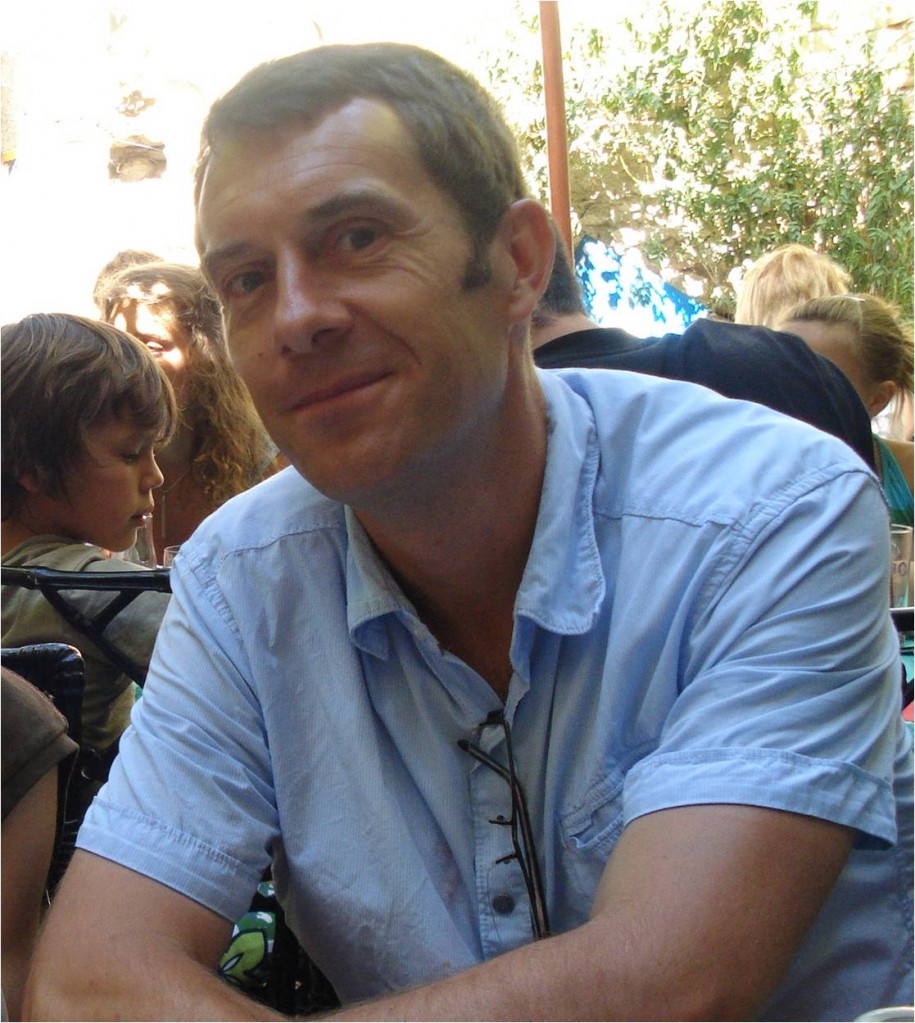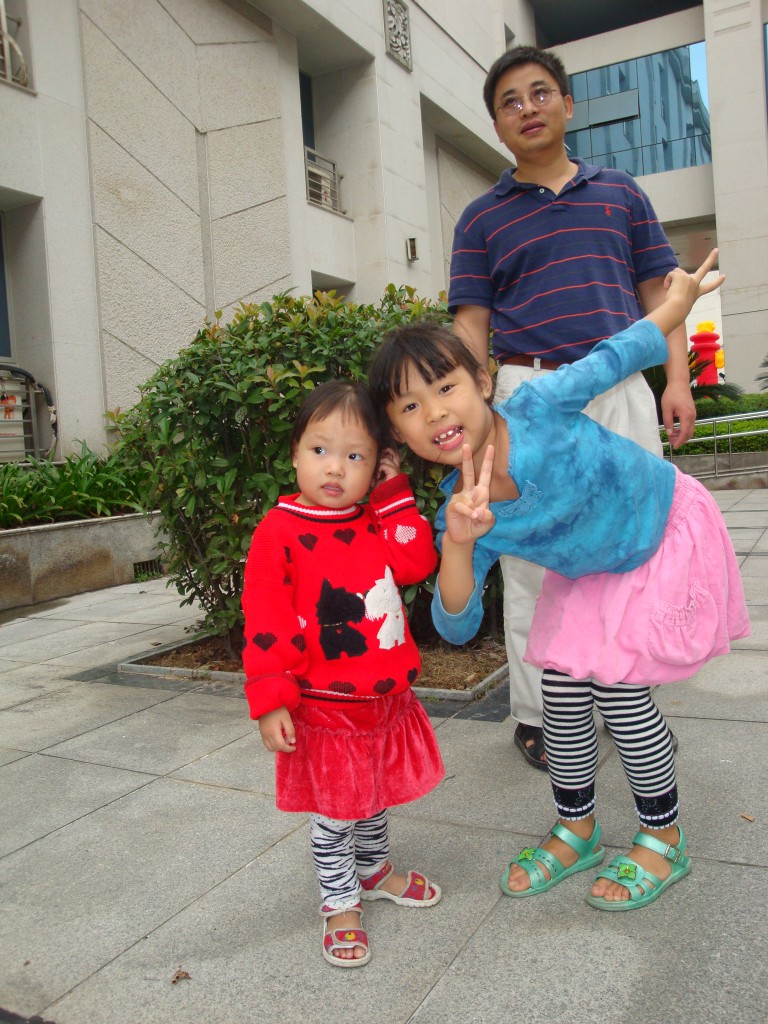Here is a selection of author profiles from the December issue of NJC. We thank them most warmly for accepting our invitation and having kindly taken some of their time to answer a few questions for us.
 Our first author is Roser Pleixats, who is Full Professor for Organic Chemistry at the Faculty of Sciences of the Universitat Autònoma de Barcelona, Spain. Her current research interests focus on organometallic chemistry, catalyst recycling, metal nanoparticles and hybrid silica materials for catalysis (cross-coupling, metathesis, organocatalysis, …). Her latest contribution to NJC has been developed in collaboration with two other research groups and joints experiences in asymmetric catalysis and sol-gel chemistry. The paper describes a chiral prolinamide-based organosilica prepared by sol-gel methodology which presents similar performances to homogeneous related analogues in direct asymmetric aldol reactions, with the added advantages of easy recovery and good recyclability. It also fits green chemistry requirements as the reactions are performed with low catalyst loadings, in water, at room temperature.
Our first author is Roser Pleixats, who is Full Professor for Organic Chemistry at the Faculty of Sciences of the Universitat Autònoma de Barcelona, Spain. Her current research interests focus on organometallic chemistry, catalyst recycling, metal nanoparticles and hybrid silica materials for catalysis (cross-coupling, metathesis, organocatalysis, …). Her latest contribution to NJC has been developed in collaboration with two other research groups and joints experiences in asymmetric catalysis and sol-gel chemistry. The paper describes a chiral prolinamide-based organosilica prepared by sol-gel methodology which presents similar performances to homogeneous related analogues in direct asymmetric aldol reactions, with the added advantages of easy recovery and good recyclability. It also fits green chemistry requirements as the reactions are performed with low catalyst loadings, in water, at room temperature.
Her previous positive experiences with this journal and also the quality and interdisciplinary nature of the articles published in NJC, directed to a diverse readership, was Roser’s motivation behind her submission to the journal.
Besides the lab, Roser enjoys reading, travelling, going to the cinema and theatre. "I loved some holidays with my family in the green and peaceful Scotland, in the bright Mediterranean landscape of Sicily, an island full of art, archaeology and history, scenery of mythical films, or in the cosmopolitan New York, where you never feel as a foreigner and where I could be wandering for days in the charming streets of the Greenwich Village", said Roser.When asked for an alternative career path if not a scientist, Roser answered: "I would have liked to have the talent to be a good writer".
“Prolinamide bridged silsesquioxane as an efficient, eco-compatible and recyclable chiral organocatalyst”, Amàlia Monge-Marcet, Roser Pleixats, Xavier Cattoën, Michel Wong Chi Man, Diego A. Alonso and Carmen Nájera, New J. Chem., 2011, 35, 2766-2772, DOI: 10.1039/C1NJ20516A.
 Frédéric Paul is CNRS Research Director at the « Sciences Chimiques de Rennes » Institute, France. He is currently working in the field of molecular photonics and electronics, in particular organometallic and organic molecular architectures that exhibit specific photonic or redox properties optimized for a given task. In this NJC paper, the motivation was to develop new classes of functional ligands featuring an organometallic redox-active substituent (also named metallo-ligands) for which the reversible oxidation might be used to control the reactivity of a complex to which this ligand is coordinated. The authors hoped to control the reactivity of the active species in a cross-coupling catalytic transformation by changing the redox state of the organometallic substituent of the metallo-ligand. Unfortunately, in this attempt, the lack of inertness of the reaction medium prevented the observation of significant changes following oxidation. The synthesis of a series of new triarylphosphane-based metallo-ligands is nevertheless reported and further attempts to use them in other reactions are in progress.
Frédéric Paul is CNRS Research Director at the « Sciences Chimiques de Rennes » Institute, France. He is currently working in the field of molecular photonics and electronics, in particular organometallic and organic molecular architectures that exhibit specific photonic or redox properties optimized for a given task. In this NJC paper, the motivation was to develop new classes of functional ligands featuring an organometallic redox-active substituent (also named metallo-ligands) for which the reversible oxidation might be used to control the reactivity of a complex to which this ligand is coordinated. The authors hoped to control the reactivity of the active species in a cross-coupling catalytic transformation by changing the redox state of the organometallic substituent of the metallo-ligand. Unfortunately, in this attempt, the lack of inertness of the reaction medium prevented the observation of significant changes following oxidation. The synthesis of a series of new triarylphosphane-based metallo-ligands is nevertheless reported and further attempts to use them in other reactions are in progress.On choosing NJC to publish this work, Fréderic comments that: “In order to reach the largest possible readership that might be interested by the results of our investigation, we needed to submit our findings to a quite general journal that covers a large panel of topics and chemicals species.”
Outside of the lab, Frédéric multiplies the activities, including trekking in the wilderness or discovering/visiting new places with his wife and three kids. If he could not be a scientist, he would be someone working with books, maybe a book seller in a book store or a documentalist in a library.
“Stille-type aryl–aryl cross-coupling catalysis using triarylphosphine ligands with electron-rich Fe(II)-alkynyl substituents”, Guillaume Grelaud, Ayham Tohmé, Gilles Argouarch, Thierry Roisnel and Frédéric Paul, New J. Chem., 2011, 35, 2740-2742, DOI: 10.1039/C1NJ20480G.
 Closing this month’s selection, we are pleased to present Junhua Luo, Professor of Chemistry at the Fujian Institute of Research on the Structure of Matter (FJIRSM), which is located in Fuzhou, the capital of the Fujian province, China. Junhua obtained his Ph.D. from the FJIRSM in 2003 under the supervision of CAS (Chinese Academy of Science) Distinguished Professor Maochun Hong and then returned to the FJIRSM under the CAS "Hundred of Talents Program" after five and a half years' postdoctoral stay in the USA. Junhua research focuses on molecule-based opto-electrical materials including luminescent, ferroelectric and nonlinear optical (NLO) materials. His NJC paper presents the synthesis, bulk crystal growth, and crystal structure of a novel third-order NLO crystal based on the organic borate carboxylate ester. This work is the fruit of a collaboration between his research group and Dr. Ning-ning Cai (State Key Laboratory of Crystal Materials and Institute of Crystal Materials, Shandong Univerity), Dr. Jing-wei Chen (Department of Optics, Shandong University), and Prof. Ren-Gen Xiong (Southeast University).
Closing this month’s selection, we are pleased to present Junhua Luo, Professor of Chemistry at the Fujian Institute of Research on the Structure of Matter (FJIRSM), which is located in Fuzhou, the capital of the Fujian province, China. Junhua obtained his Ph.D. from the FJIRSM in 2003 under the supervision of CAS (Chinese Academy of Science) Distinguished Professor Maochun Hong and then returned to the FJIRSM under the CAS "Hundred of Talents Program" after five and a half years' postdoctoral stay in the USA. Junhua research focuses on molecule-based opto-electrical materials including luminescent, ferroelectric and nonlinear optical (NLO) materials. His NJC paper presents the synthesis, bulk crystal growth, and crystal structure of a novel third-order NLO crystal based on the organic borate carboxylate ester. This work is the fruit of a collaboration between his research group and Dr. Ning-ning Cai (State Key Laboratory of Crystal Materials and Institute of Crystal Materials, Shandong Univerity), Dr. Jing-wei Chen (Department of Optics, Shandong University), and Prof. Ren-Gen Xiong (Southeast University).
“I feel very happy that this interdisciplinary research work, involving coordination chemistry, crystallography, and optical sciences is reported in NJC, which publishes very diverse and high quality articles .”, says Junhua.
Hiking with his family including his two lovely young daughters, Lisa and Jennifer, and playing badminton with his group colleagues and students every saturday afternoon are Junha's favorites activities outside the lab. If not be a scientist, Junhua would be a middle-school chemistry teacher since he obtained his bachelor of chemistry education in 1997 from Jiangxi Normal University.
“Synthesis, growth and characterization of a third-order nonlinear optical crystal based on the borate ester with sodium supporting its structural framework”, Zhihua Sun, Tianliang Chen, Ning-ning Cai, Jing-wei Chen, Lina Li, Yan Wang, Junhua Luo and Maochun Hong, New J. Chem., 2011, 35, 2804-2810, DOI: 10.1039/C1NJ20420C.
We wish you a happy holiday season and see you next month for more!
Fancy submitting an article to NJC? Then why not submit to us today or alternatively email us your suggestions.









